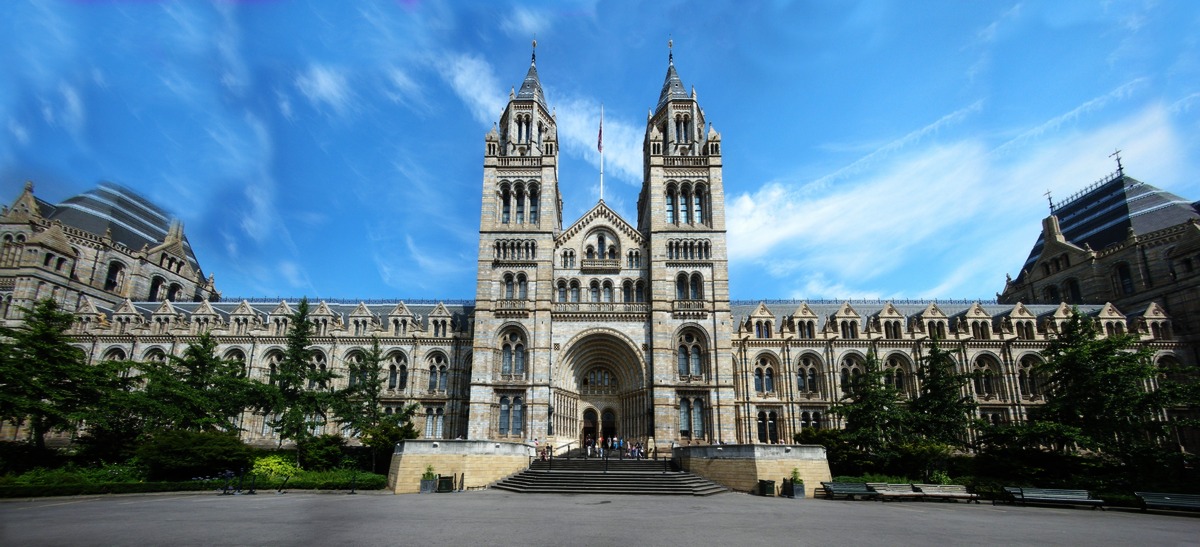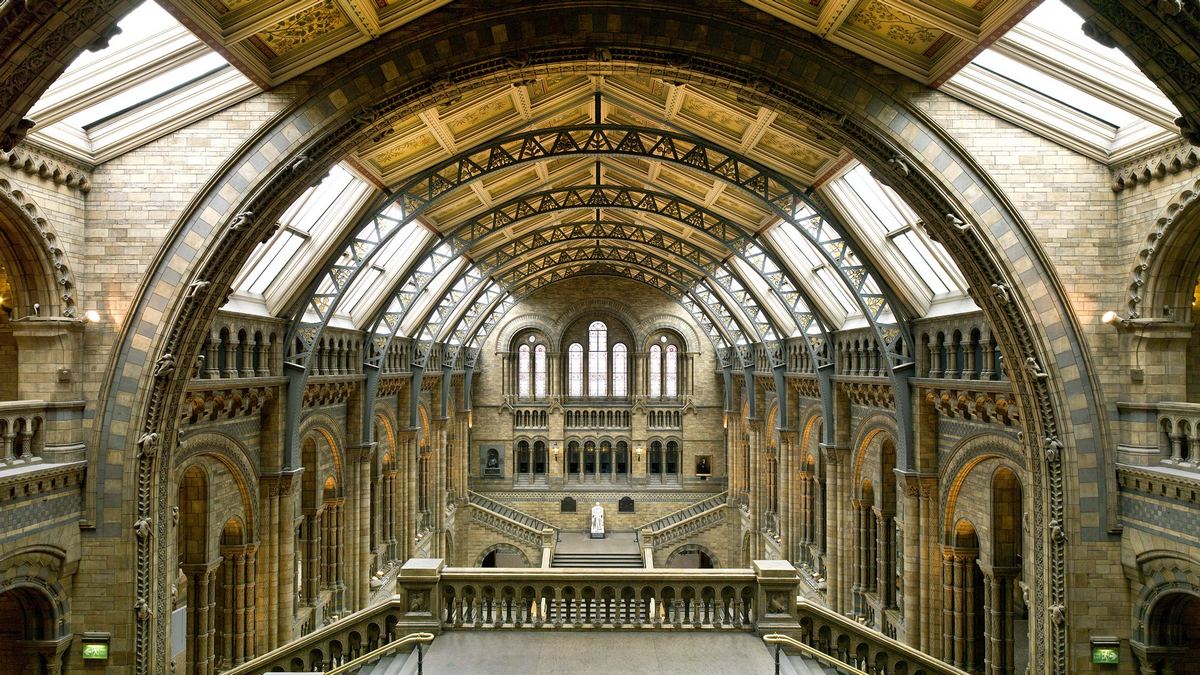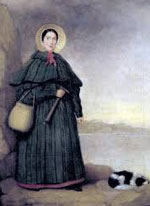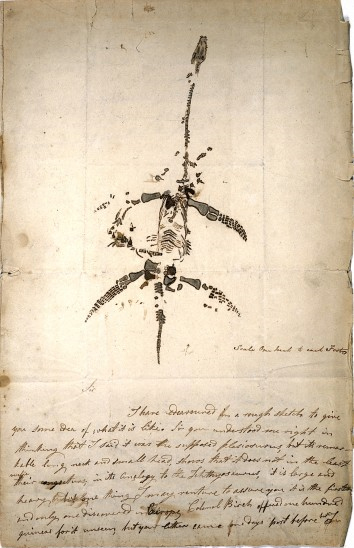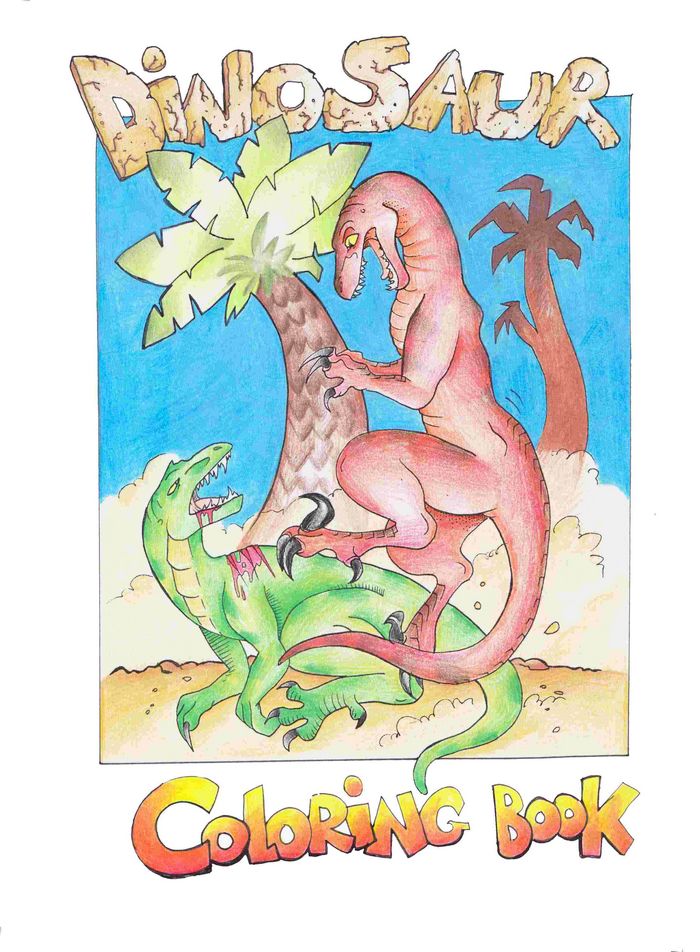Introduction
The British Natural History Museum stands as a bastion of scientific knowledge, captivating visitors with its vast collections and enlightening exhibitions. From its humble beginnings in the 18th century to its current status as a global centre for research and education, this iconic institution has played a pivotal role in advancing palaeontological understanding. So let's dive into the fascinating history of the museum, tracing its evolution and highlighting its significant palaeontological contributions.
Hey! Seeing that you are here, and that you are clearly a dinosaur fan, so go check out our DinoZone YouTube channel which is full of wonderful videos on all things palaeontological.
The Early Years
The origins of the British Natural History Museum can be traced back to the late 18th century when Sir Hans Sloane, a renowned physician and collector, bequeathed his vast collection to the nation in 1753. Initially housed in Montagu House, the collection encompassed a broad spectrum of natural specimens, including geological and palaeontological treasures.
In the early 19th century, under the stewardship of eminent geologist Sir Charles Lyell, the museum began to expand its palaeontological collections. Lyell's efforts to promote uniformitarianism, the concept that Earth's geological processes occur gradually over time, influenced the interpretation of fossils and revolutionized palaeontology. He advocated for a dedicated palaeontological department within the museum, setting the stage for future advancements.
The Age of Owen
The appointment of Richard Owen as superintendent of the museum in 1856 marked a turning point for palaeontological research within its walls. Owen's exceptional anatomical knowledge and charismatic leadership propelled the museum to new heights. In fact he was instrumental in getting the current museum built in the first place. He established the Department of Geology and Palaeontology, bringing together geologists and palaeontologists under one roof and fostering collaboration.
Owen's notable contributions included the classification of dinosaurs as a distinct group and the coining of the term "Dinosauria."
Expansion and Transformation
The 20th century witnessed significant developments and expansions of the museum. From its beginnings back in 1881, it then moved into its existing gothic-style cathedral to science, an architectural masterpiece designed by Alfred Waterhouse. Since moving to its location in South Kensington, the museum has continued to expand. The grand Hintze Hall, housing the skeleton of a blue whale, became a symbol of the museum's commitment to showcasing Earth's biodiversity. The blue whale has replaced the iconic Diplodocus cast, affectionately known as "Dippy," which was unveiled in 1905 and who had captivated generations of visitors until her departure. We aren't sure whether this has been the right thing to do, because Dippy certainly was a presence in the Hintze Hall.
The advent of new technologies and research methods allowed scientists at the museum to explore fossils in unprecedented detail. Innovations such as computed tomography (CT) scanning and three-dimensional modelling revolutionized palaeontological research, enabling scientists to delve into the inner structures of fossils and better understand ancient life forms.
Modern-Day Contributions
The British Natural History Museum remains at the forefront of palaeontological research and education. Its collections boast over 80 million specimens, including a diverse array of fossils, providing a rich resource for scientists and enthusiasts worldwide. Some of those fossils are the actual type specimens, being the first bones ever dug up by palaeontologists anywhere. Researchers continually unearth new fossil finds, contributing to our understanding of evolutionary history and the dynamics of ancient ecosystems.
The museum actively engages in global expeditions, collaborating with international partners to uncover fossil treasures. It is also the home to some remarkable discoveries including the "Fish Lizard" (Ichthyosaur) fossil, found back in 1811 by Joseph Anning and with additional bones being collected by his sister Mary Anning in 1812, thereby shedding light on a taxa of marine reptiles that once inhabited Earth's oceans. Mary Anning also went on to find and describe several plesiosaurs, another type of marine reptile that lived in the oceans. Mary Anning's fossil finds are housed in the museum.
Conclusion
The British Natural History Museum has played a central role in the field of palaeontology, facilitating groundbreaking discoveries and disseminating knowledge to a broad audience. From its modest beginnings as Sir Hans Sloane's collection to its present-day prominence, the museum stands as a testament to the tireless efforts of scientists and researchers in unravelling the mysteries of ancient life. As the museum continues to evolve, it will undoubtedly inspire future generations to explore the wonders of palaeontology and deepen our understanding of the natural world.
And seeing that you are here, grab yourself a copy of our free colouring book, which is full of wonderful dinosaurs and other Mesozoic creatures for you to bring back to life.

